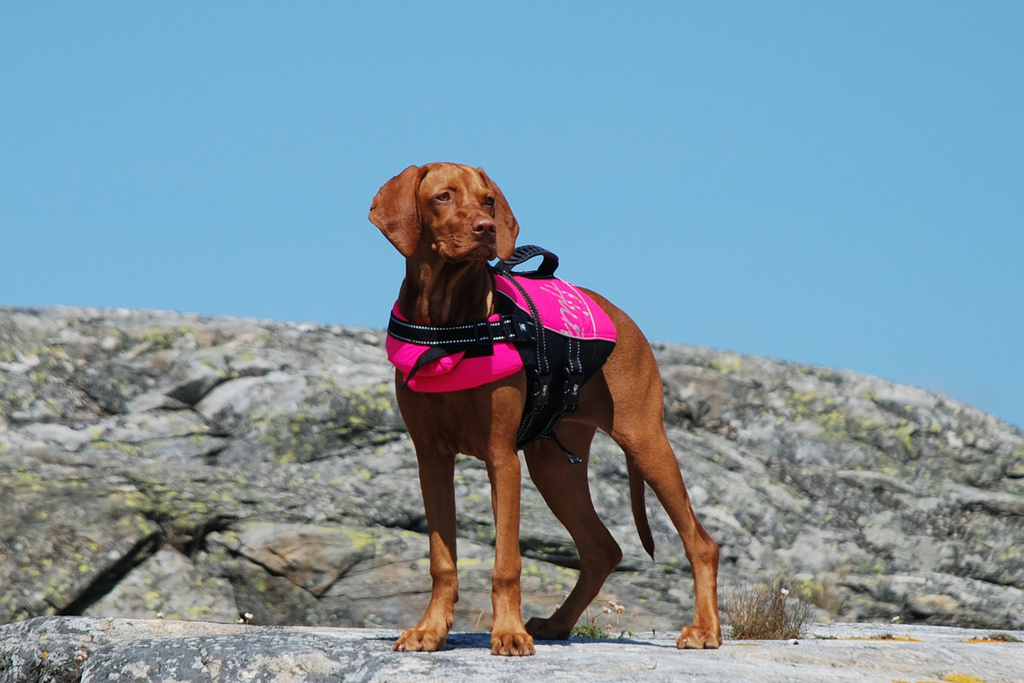
Boating Safety & Equipment
Boating Safety is an important issue.
Before taking your family & friends out on the water. Always make sure you have up to date required safety equipment.
Life Jackets – A large percent of fatal boating accident victims drowned were not wearing a life jacket, most who drowned were on vessels less than 21 feet or 6.50m. Lifejackets are a vital piece of safety equipment that could save your life and the life of your family members & friends. Make sure you have the right size Life Jackets for everyone on board including your four-legged companions. Cold water accelerates the onset and progression of hypothermia since body heat can be lost 25 times faster in cold water than in cold air. It is a lot harder to put a lifejacket on in the water during an emergency, the best idea is to make sure you and your crew wear one. Stay in control by taking charge of your safety and that of your passengers never forget that safety begins with you the skipper.
New boaters and experienced experts alike need to be familiar with the boating rules of the road. Boating safety courses are offered locally, inexpensive and often completed in a day so if you are venturing offshore for the first time it is best to take a boating course. Bill Corten Bar Crossing courses (07) 3286 3647.
It is compulsory to wear a lifejacket, when crossing a designated coastal bar in an open boat less than 4.8m in length.
For your safety and your crew’s safety it is always advisable to wear a life jacket when crossing any bar for you never know where that next big one will come from. It is also compulsory for a child on board to wear an applicable PFD, 12 months to under 12 years old in an open boat that is less than 4.8m in length and underway.
Boat owners or skippers must give each person on board information about where safety equipment is kept and clearly sign where lifejackets are stowed. The labels must have the word ‘life jacket’ in red text on a white background or white text on a red background. Lifejackets must comply with this standard. The current standard is AS 4758. Stickers available at all marine dealer outlets.
If Inflatable lifejackets are used on a recreational boat, they must show a service date on the jacket.
They must be serviced annually and must have documentation to verify servicing, if you are unsure of how to service your inflatable jacket, please ask your local marine dealer, as you can be issued a heavy fine if this is not carried out each year.
No matter how much experience you have, it’s always a good idea for everyone to review boating safety rules and practices before leaving home. Below are a few safety tips to help you boat responsibly and enjoy your time on the water.
- Have your boat and trailer serviced each year – For prevention is less expensive in the long run. Book your boat & trailer Safety Check today.
- Having a pre-departure check list is a helpful way to check the boat – Ensure the proper gear is onboard and up to date with the current laws.
- Always be weather wise – Check weather and water conditions before departure ensuring it is safe to go out. Weather & Water Conditions – USEFUL LINKS
- Know the Boating & Fishing rules & regulations for your state – Maintain a proper lookout and be respectful of others, watch for buoys and other navigational aids, all of which have been placed there to ensure your safety and the safety of the boats around you.
- Others on board need to know how to handle your vessel – Make sure more than one person onboard is familiar with all aspects of the boat’s handling, operations, and general boating safety, in case the primary operator is incapacitated and someone else needs to get the boat back to shore.
- Whether you choose to inform a family member or staff at your local Coast Guard – Let someone know where you’re going and how long you’re going to be gone. They should know the following information: name, address and phone number of skippers, how many people on board – adults & children, age of children, boat type, size and registration no; trip itinerary; types of communication and signal equipment onboard, such as an Beacon (EPIRB)
- Assign and fit each member of your onboard team with a life jacket prior to departure – Regulations vary from state to state but children under 16 and all water sports riders should wear a life jacket on the water.
- Avoid alcohol – operating a boat while under the influence of alcohol is illegal. Nearly half of all boating accidents involve alcohol – Be responsible OR designate a sober operator.
- Be Aware of Carbon Monoxide – Maintain fresh air circulation throughout the boat. Not having enough air can cause sea sickness. Carbon monoxide (CO) is a colourless, odourless, and tasteless gas that can kill – Always be aware.
- Common sense on the water most important.
Account for all passengers prior to starting the engine.
Always operate at a safe speed (especially in designated speed areas), stay alert and steer clear of large vessels and watercraft that can be restricted in their ability to stop or turn.
Never permit passengers to ride on the bow, gunwale, transom, seatbacks or other locations where they might fall overboard. This practice is extremely dangerous and against the law!
Keep passengers inside the railings of boats while underway.
Establish clear rules for use of the swim platform and boarding ladders. Never use the swim platform or boarding ladder when the engine is running. To prevent falls overboard, children should be supervised by a designated adult while onboard the boat.
Never swim in a marina, canal or in other areas where boats are connected to shore power. Stray power in the water can create an electric shock hazard. An electric shock can come from faulty boat or marina wiring in contact with water, concrete or metal docks. There is always the risk of being attacked by a Bull Shark as they are entering further up into our freshwater ways.Keep watch around the propeller area when people are in the water.
Never allow passengers to board or exit your boat from the water when engines are on—or idling.
Take extra precautions near boats towing skiers or tubers.
If someone falls overboard, slow the boat and then slowly turn the boat back around. Assign a passenger to continuously monitor the person in the water. For maximum visibility, keep the person in the water on the operator’s side of the boat.
Turn your engine off FIRST and then allow the person to swim back to the boat.
Never put your boat in reverse to pick someone up out of the water; instead circle around again.

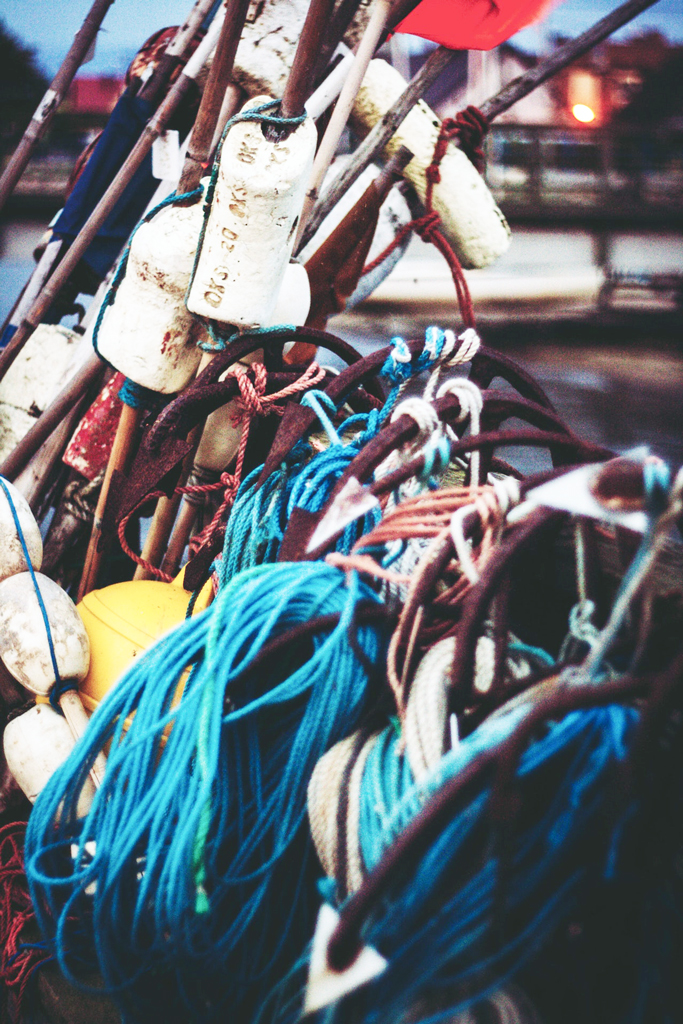
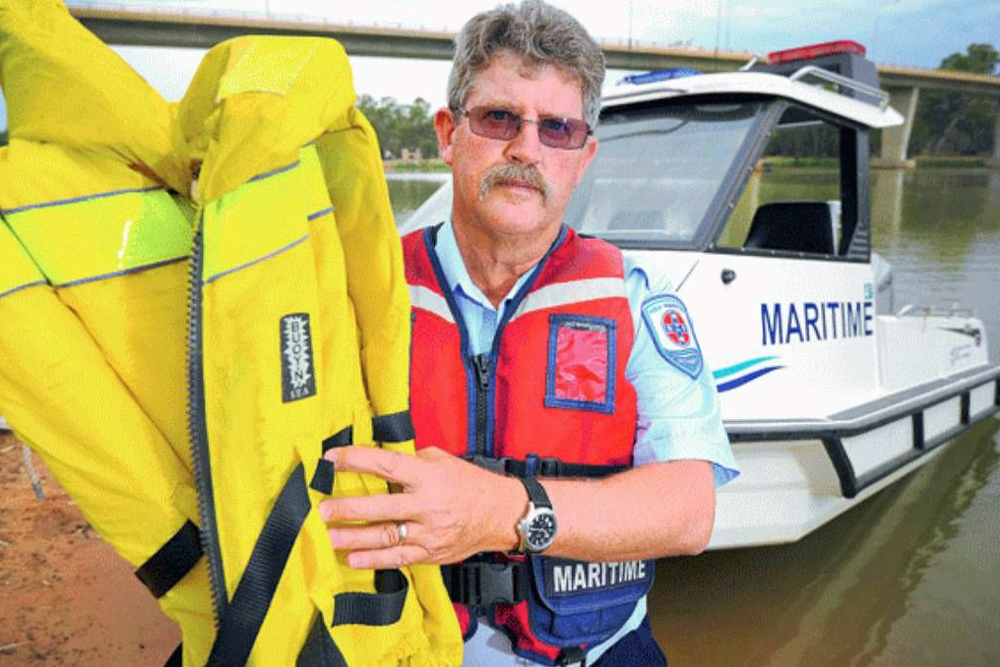
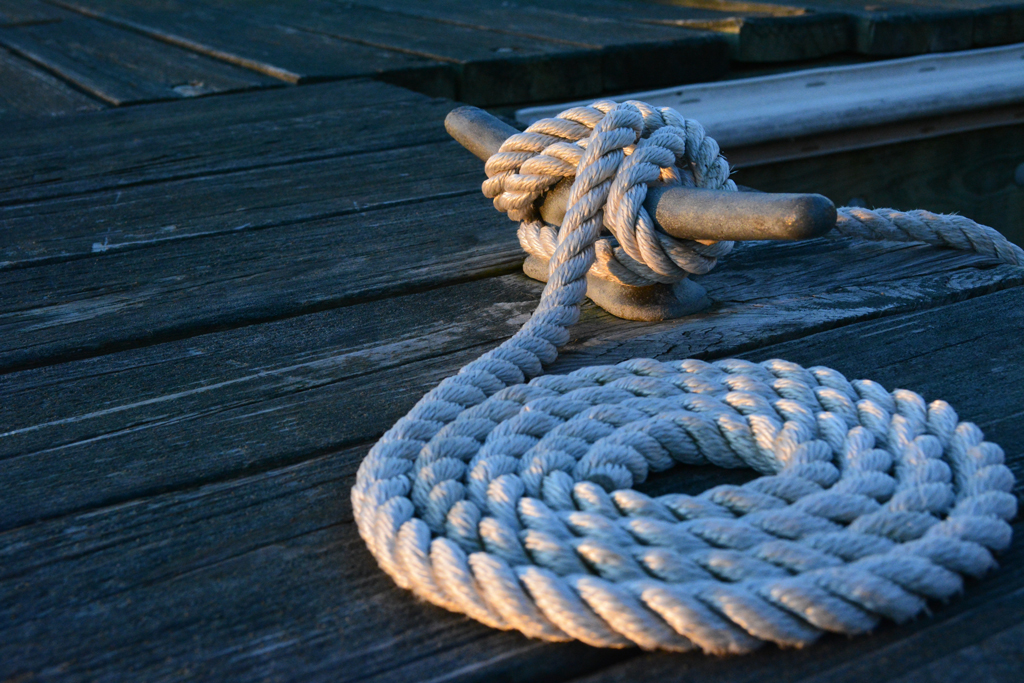
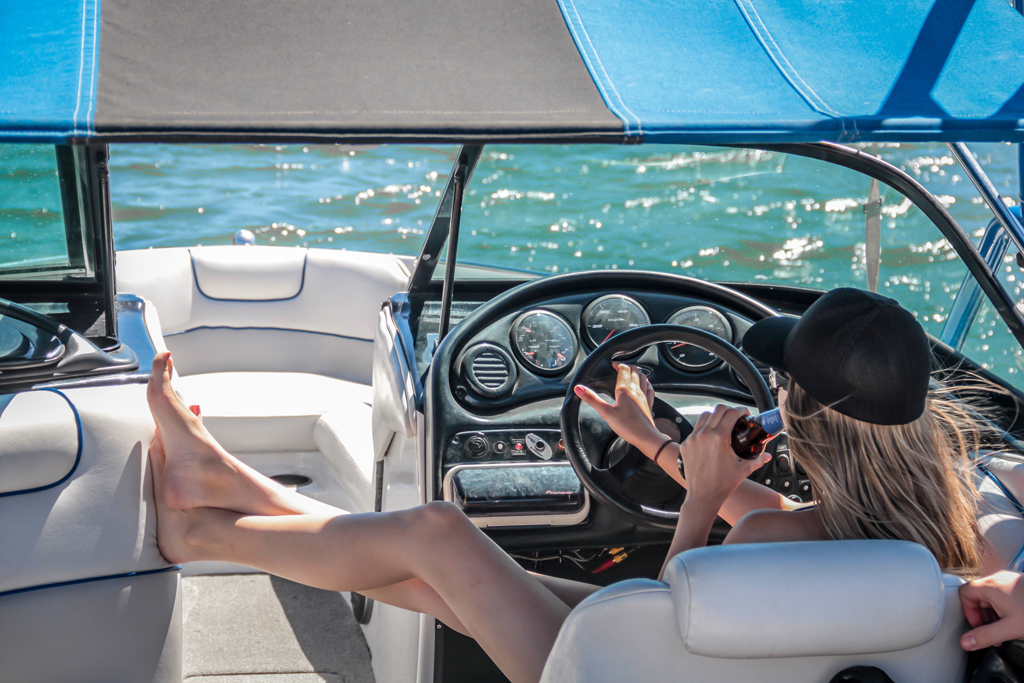

When travelling to different states in Australia, please check the different rules and regulations as they vary.
Best to have a check list when packing the boat for a days fishing or holdiays – Pre Check List
Safety Equipment Smooth Waters.
Applicable Life Jacket for each person.
- Signal Device – Day & Night
- Paddles or Oars & Rowlocks under 6m
- Two Buckets with Rope or Bilge Pump pending on size
- Drinking Water
- Anchor Rope & Chain
- Fire Extinguisher– For vessels with electric start, electric motors, battery, gas or fuel stoves
- Buckets with lanyard
- Waterproof Torch – Floating and operational.
- Capacity sticker with size of vessel and no of persons allowed in vessel
- Life Jacket sticker – to indicate where life jackets are kept
Additional Safety Equipment Partially Smooth Waters
- Chart & Compass
- Electronic Navigation device – if you do not have chart or compass
- Flares – 2 red and 2 orange
- V sheet
- Drinking Water – 2ltrs per persons
Additional Safety Equipment for Beyond Partially Smooth Waters – Open Waters.
- Required if two nautical miles or more offshore
- Epirb – (Epirbs need to be register with AMSA every two years & check expiry date)
- Marine Radio & Aerial
DON’T EXPIRE
- Inflatable lifejacket
- Distress flare (2 orange smoke hand-held)
- Distress flare (2 red hand-held)
- Emergency Position Indicating Radio Beacon (EPIRB)
- Record the expiry date/s of your equipment where relevant Symbol Item Expiry Month Year
All the safety equipment above is available at Watsons Marine Centre, 52 Wickham Street, Gympie. Phone: 5482 2135